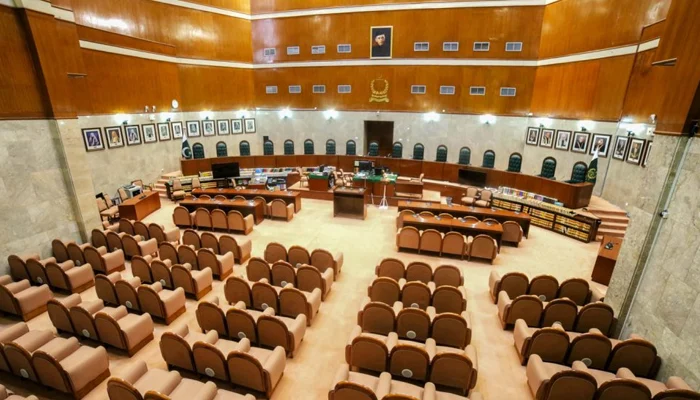Breaking Down the Numbers: Expected Seats for Each Party in the Chief Justice Appointment Committee

Committee Structure Overview
- Composition: The Chief Justice Appointment Committee typically includes representatives from the government, opposition parties, legal experts, and sometimes members from judicial bodies. Its exact structure can vary depending on the country’s legal and constitutional framework.
- Purpose: The committee aims to ensure a balanced and fair process in the appointment of the Chief Justice, reflecting a variety of political and legal perspectives.Political Parties and Representation
The expected seats for each party are influenced by the current political scenario, including:
- Majority Party: The party that holds a majority in the legislative body or has the governing mandate. This party often has a larger representation in such committees.
- Opposition Parties: These are usually allotted seats to ensure a balance of power and viewpoints.
- Legal Experts: Independent or non-partisan members who bring expertise in judicial matters.
- Coalition Parties: In coalition governments, smaller allied parties may also receive representation, reflecting their support for the majority party.
Hypothetical Breakdown of Expected Seats
Here’s an example of how seats might be distributed based on a 9-member Chief Justice Appointment Committee:
Party/GroupExpected SeatsRationale
Majority Party 4 Reflects the governing mandate and legislative majority.
Largest Opposition 2 Ensures representation of minority views.
Second Opposition 1 Accounts for other significant opposition voices.
Coalition Partner 1 Acknowledges support for the majority party.
Legal Experts/Non-Partisan 1 Maintains balance with an impartial perspective.
- Factors Influencing the Seat Distribution
- Current Political Climate: If a majority party holds significant power, they may push for more representation on the committee.
- Constitutional Provisions: Some systems mandate a specific ratio of representation for opposition and independent members.
- Historical Precedents: How previous committees were formed could set expectations for the current breakdown.
- Negotiations: Often, the distribution is subject to political negotiation to ensure all sides feel fairly represented.
- Potential Implications
- Influence of the Majority Party: A strong presence could lead to appointments that align with the ruling party’s philosophy.
- Balance through Opposition: Seats for opposition parties aim to keep the appointment process transparent and less partisan.
- Role of Legal Experts: Their presence is crucial for maintaining the objectivity of the process and ensuring decisions are grounded in legal principles.
This breakdown provides a general guide, and the exact seat allocation can vary significantly based on local political dynamics and legal frameworks. If you have specific de
1. Identify Committee Composition
- Determine how many members are in the Chief Justice Appointment Committee.
- Identify which parties are represented on the committee.
2. Analyze Current Political Landscape
- Look at the current political composition of the government, including:
- Majority party
- Minority parties
- Any coalition agreements
3. Estimate Seat Distribution
- Based on the current political landscape and committee rules, estimate how many seats each party would realistically hold. Consider factors like:
- Proportional representation
- Historical trends in appointments
- Any recent changes in leadership or party strength
4. Factors Influencing Appointments
- Consider any external factors that could influence seat allocation, such as:
- Public opinion
- Judicial independence concerns
- Previous appointments
5. Presenting the Data
- Create a table or chart to visually represent the expected seats for each party.
Example Breakdown
Here’s a hypothetical example of how the breakdown might look:

| Party | Expected Seats | Current Strength (%) |
|---|---|---|
| Majority Party | 5 | 60% |
| Minority Party 1 | 2 | 25% |
| Minority Party 2 | 1 | 10% |
| Independents | 1 | 5% |
Conclusion
- Summarize the implications of the expected seat distribution on the Chief Justice appointment process and potential impacts on judicial decisions.
If you have specific numbers or parties in mind, please share, and I can help you analyze those details further!






smj1ay
s2ifzp